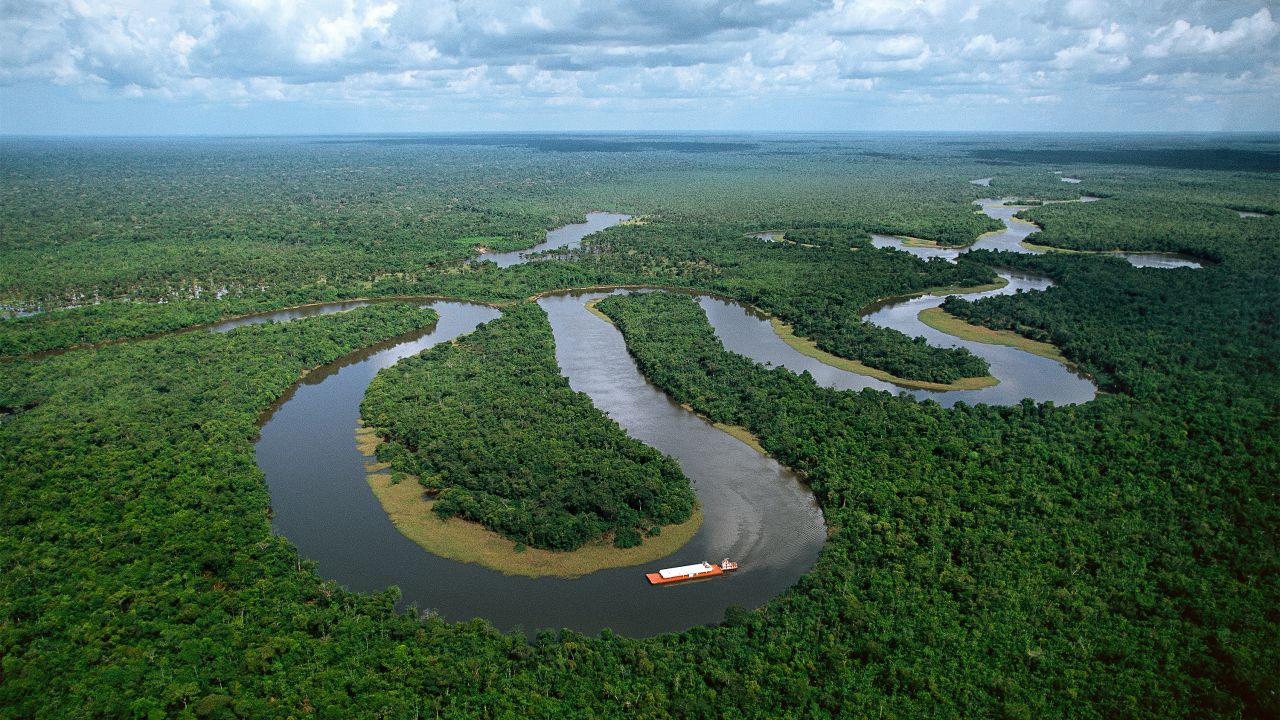The territory of Brazil is vast and diverse, holding a prominent position on the world stage. This article explores the main reasons that contributed to Brazil’s extensive territorial expanse throughout its history. From colonization by the Portuguese to treaties and territorial disputes, various events have shaped the Brazilian territory, making it a country of continental dimensions.

Brazil is recognized for its vast territorial expanse, being the fifth-largest country in the world by area. With over 8.5 million square kilometers, it harbors a wealth of natural resources, biodiversity, and unique cultural diversity. To understand the reasons behind its territorial greatness, it is necessary to analyze the history and events that contributed to the formation of the Brazilian territory.
The history of Brazil began with the arrival of the Portuguese in 1500. From the Treaty of Tordesillas, signed in 1494 between Portugal and Spain, the Brazilian territory was defined through an imaginary line dividing the discovered lands between the two colonizing powers. This treaty established the meridian 46º 37′ West as the western boundary of Portuguese territory in South America, securing a large portion of the continent for Portugal, including Brazil.
After the arrival of the Portuguese, exploration and colonization of the Brazilian territory advanced inland. Expeditions penetrated the territory in search of gold, precious stones, and new lands for agriculture. This internal expansion was crucial for the formation of various regions of Brazil, such as the Northeast, the Central-West, and the North, consolidating the country’s territorial greatness.
In the mid-18th century, conflicts and territorial disputes with Spain over the borders in southern Brazil led to the signing of the Treaty of Madrid in 1750 and the Treaty of Santo Ildefonso in 1777. These agreements redefined the borders between the Portuguese and Spanish colonies in South America, securing vast territorial extensions for Brazil, especially in the Southern and part of the Central-West region.
Brazil’s independence in 1822 allowed the country to consolidate its territory without colonial interference. During the 19th and early 20th centuries, Brazil continued to expand territorially through conquests and treaties, incorporating areas like Acre, Rondônia, and parts of the Amazon region.
Today, Brazil is internationally recognized as a federative republic, exercising full sovereignty over its territory. The 1988 Constitution establishes the territorial boundaries and administrative divisions of the country, ensuring its integrity and enabling the development of internal policies aimed at promoting the well-being of the population throughout the national territory.
The territorial greatness of Brazil is the result of a complex historical process, involving colonization, internal expansion, treaties, territorial disputes, and independence. These events shaped the country into a nation of continental dimensions, characterized by its rich biodiversity, abundant natural resources, and cultural diversity. Understanding the reasons behind this greatness is essential to appreciate Brazil’s identity and relevance on the world stage, as well as to address the challenges associated with sustainable development and building a more just and inclusive society across its entire territory.

Matheus Araújo
Matheus Araújo is the founder and editor of Brazilian History. Born in Rio de Janeiro and holding a degree in Advertising and Marketing, his passion for history led him to enroll at the Federal University of the State of Rio de Janeiro, where he is currently pursuing a degree in History Education.
